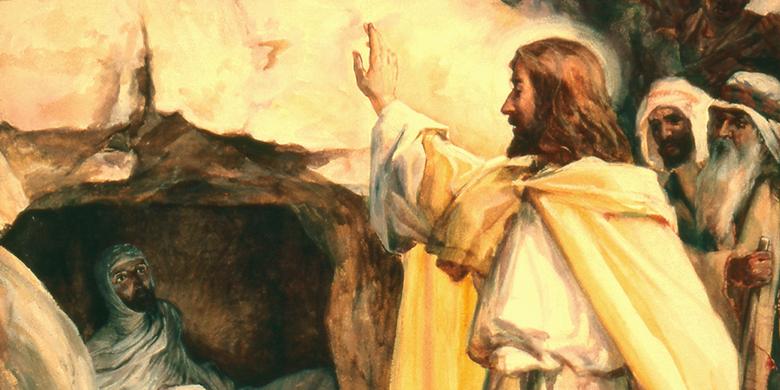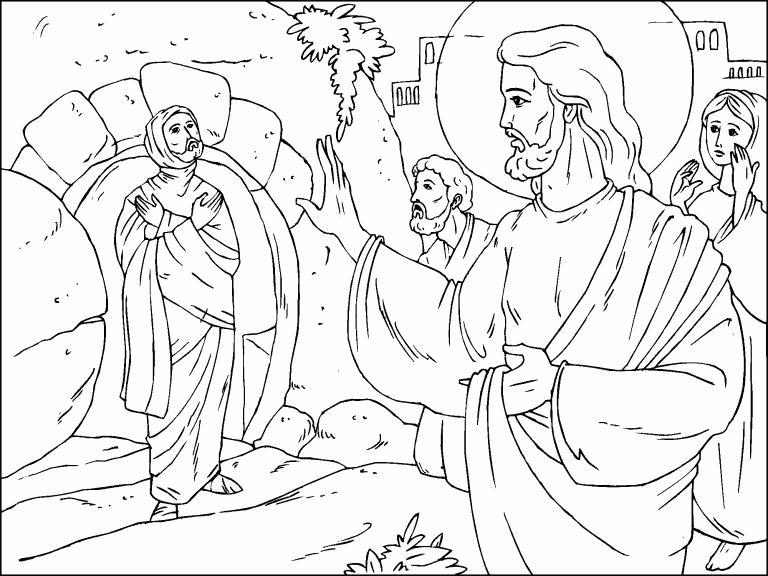

The case of Lazarus, therefore, was of another kind - one whom death had claimed, and retained for four days, so that even his sister exclaimed, "Lord, by this time he stinketh." But he who stood by the grave had "life in Himself" (John 5:27), and was about to die, and rise again, that He might be Lord both of the dead and living. Had the Lord raised only the child of the Jewish ruler of the synagogue, infidelity, in its shameless presumption, might have questioned the reality of the death and so also in the instance of the son of the widow. There was a divine reason, too, for the selection of these cases. Thus did Christ vindicate His power as the Son to quicken whom He would, for "the hour," said He, "is coming, and now is, when the dead shall hear the voice of the Son of God and they that hear shall live." (John 5:25.) The son of the widow of Nain was being carried to his grave when the procession of death was arrested by the Prince of Life and Lazarus was in his tomb, had been dead four days, ere, at the bidding of Him who was the Resurrection and the Life, he came forth again into the light of day. The daughter of Jairus had but just expired when the Lord entered the chamber, and turned the weeping of the night into the joy of the morning.


Each of these cases has its special characteristics and instruction. Three times only, as far as we know, did the Lord Jesus, while upon earth, raise the dead to life viz., the daughter of Jairus, the son of the widow of Nain, and Lazarus.


 0 kommentar(er)
0 kommentar(er)
